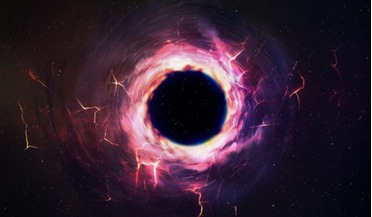 30 July 2018
Test of Einstein’s general relativity theory successful after 26 years
30 July 2018
Test of Einstein’s general relativity theory successful after 26 years
... the effects predicted by Einstein’s general relativity theory on a star passing near the supermassive black hole in the Milky Way galaxy. This supermassive black hole, the closest to the Earth at 26000 light-years away, is surrounded by a group...
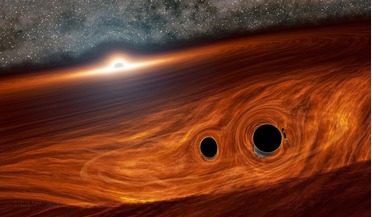 29 June 2020
Black hole collision may have exploded with light
29 June 2020
Black hole collision may have exploded with light
... what we can learn from the gravitational waves, opens up a new avenue to study both black hole mergers and these disks around supermassive black holes." The authors note that while they conclude the flare detected by ZTF is likely the...
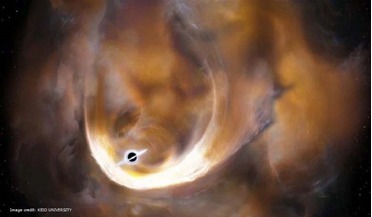 18 January 2016
Does a second black hole lurk near the centre of the Milky Way?
18 January 2016
Does a second black hole lurk near the centre of the Milky Way?
... in the Astrophysical Journal Letters. Black holes can be roughly categorised into two different sizes: stellar-mass black holes that are formed after the explosions of very massive stars and supermassive black holes (SMBH). SMBH are often found...
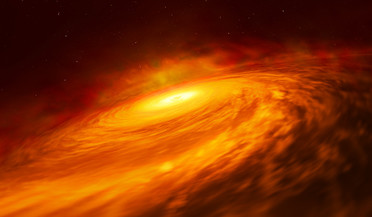 12 July 2019
Hubble uncovers black hole that shouldn't exist
12 July 2019
Hubble uncovers black hole that shouldn't exist
...have observed an unexpected thin disc of material encircling a supermassive black hole at the heart of the spiral galaxy NGC 3147, ... effectively observing the low-luminosity region around the black hole, blocking out the galaxy’s brilliant light. The...
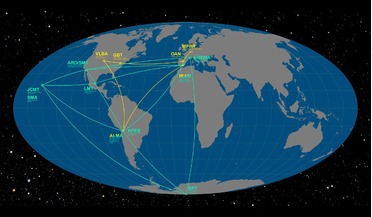 03 April 2017
Milky Way black hole search begins
03 April 2017
Milky Way black hole search begins
... the Event Horizon Telescope (EHT) to take a never-seen-before image of the event horizon surrounding the supermassive black hole at the centre of our Galaxy – Sagittarius A*. These two international radio telescopes have now been joined by the...
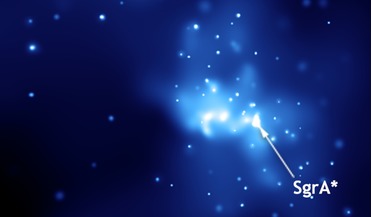 09 August 2019
Is the Milky Way's black hole waking up?
09 August 2019
Is the Milky Way's black hole waking up?
... that it could be waking up. Either that or a recent meal has given it major gassy indigestion. Sgr A* is classed as a supermassive black hole (SBH) and being the nearest one to us, it has been extensively studied across many wavelengths of light...